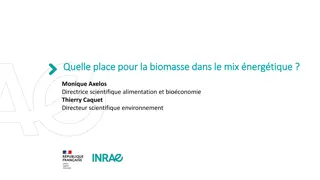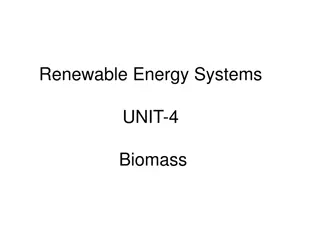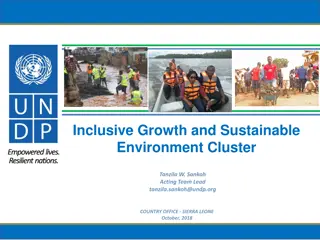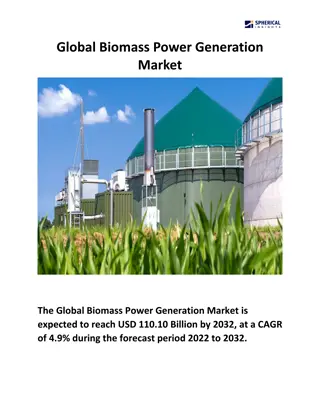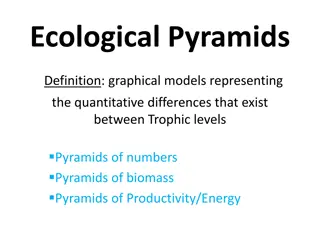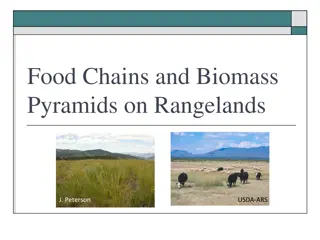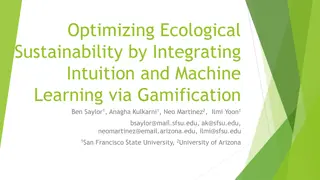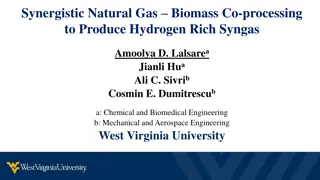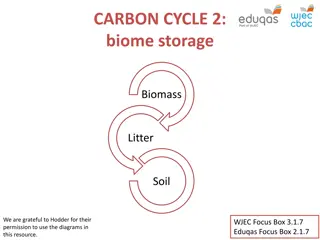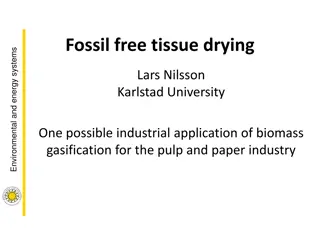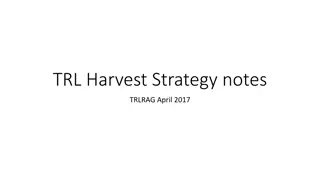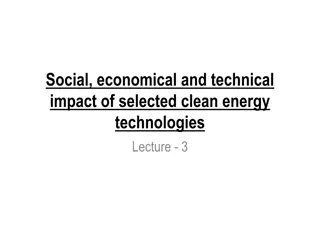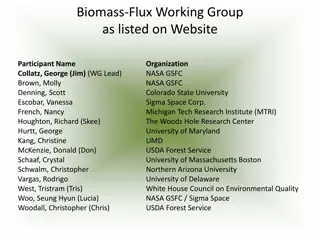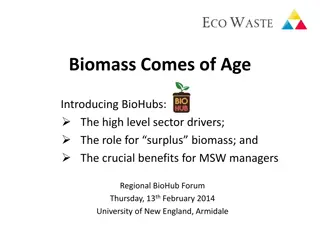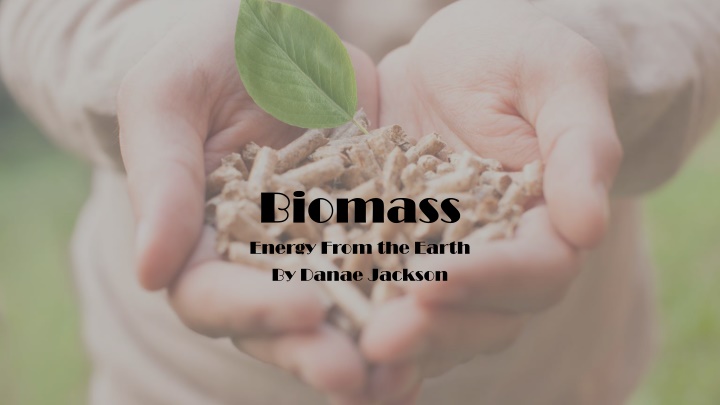
Biomass Energy: Benefits, Challenges, and Applications
Discover the world of biomass energy, derived from organic matter like wood and plants. Learn about its history, working principles, pros, cons, and interesting facts. Find out how biomass can reduce dependency on fossil fuels and its impact on electricity generation.
Download Presentation

Please find below an Image/Link to download the presentation.
The content on the website is provided AS IS for your information and personal use only. It may not be sold, licensed, or shared on other websites without obtaining consent from the author. If you encounter any issues during the download, it is possible that the publisher has removed the file from their server.
You are allowed to download the files provided on this website for personal or commercial use, subject to the condition that they are used lawfully. All files are the property of their respective owners.
The content on the website is provided AS IS for your information and personal use only. It may not be sold, licensed, or shared on other websites without obtaining consent from the author.
E N D
Presentation Transcript
Biomass Energy From the Earth By Danae Jackson
Background Info What is Biomass? Biomass: use of organic matter as fuel; matter stored as energy through photosynthesis Includes wood, plants manure, garbage Most common form is Ethanol (Ethanol- clear, flammable gas caused by natural ripening of sugars) used to describe material that can convert to biofuel (Biofuel- fuel which comes from living matter)
Brief History Until 1860, 91% of U.S. energy came from biomass Biomass was mainly used until the Industrial Revolution Has been used since the Paleolithic Age (burning wood for fire) Biomass did not receive its official name until 1975
It would best be used in sunny areas that receive moderate rain due to the fact that the energy mainly comes from plants and is broadly based off photosynthesis Biomass is burned in a furnace or generator which in turn goes to a boiler, to produce steam. A similar concept to how coal is used in furnaces How it Works
Pros and Cons Advantages Cost effective Occurs naturally Abundant (can be found almost anywhere) Reduces dependency on fossil fuels Disadvantages Would take farming away from food production Would drastically increase air pollution (burning garbage specifically) Could cause deforestation Requires plenty of space
Interesting Details U.S. is world leader in Ethanol Creation with 50.3 billion liters Burning waste produces about same energy as coal Accounts for 2 percent of all U.S. electricity Accounts for half U.S renewable electricity Scientist did not become interested in replacing fossil fuels with biomass until 1980

